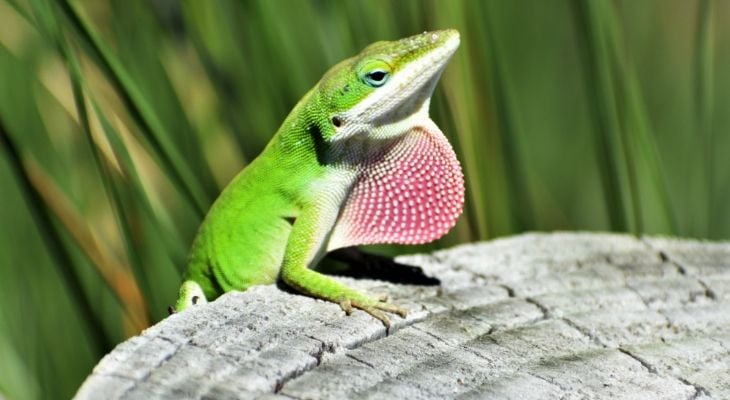THE WORD OF MOUTH
What our patient say
-
"My dog Buster was in pain and wasn’t acting like himself. I scheduled an appointment with Dr. Gill ASAP. He did a remarkable job during the initial exam to diagnose the problem and recommend additional treatments/services to relieve the pain Buster was in. After doing X-rays and blood work it was determined my little guy was suffering from intervertebral disc disease."
Jotika
-
"This place was awesome. They took such good care of my giant Rottweiler during an emergency. They even called the next day to check up on her. The price was reasonable too. Went back again and the treatment was great yet again. Love that they stay open late and open everyday. So convenient. Thanks guys for treating my girl as is she was family!"
Mea
-
"I’m planning to travel with my baby cat. In order to do that she has to do a Rabies Neutralization Antibody Testing from certified lab. I was lucky to reach out Dr. Gill. He explained to me throughly and helped me to get it done. I would recommend Dr. Gill to everyone who needs professional and friendly help on their loved pets."
Hsinti
-
"I’m very happy with the service and prices of the Silicon Valley Pet Clinic. I have gotten quotes from other vets around and SVPC offers the best value! I took my dog in to get some growths removed and get this teeth cleaned."
Katie
-
"My 16 yr old cat Pete had some green discharge coming from his eye. I recently brought a feral kitten in to care for that my cousin found. I figured that Pete probably got scratched in the eye from the little guy."
Jeanna
-
"I was very nervous to have her spayed, especially after going through an episode of Giardia. She has been dealing with poop that is not consistent and we are doing some probiotic treatment."
Connie

